Wireless Microphone How To Connect ?
To connect a wireless microphone, you typically need to follow these steps:
1. Ensure that the wireless microphone and receiver are both powered on and have fresh batteries.
2. Identify the appropriate audio input on the receiver. This may be labeled as "MIC IN" or "AUDIO IN."
3. Connect the output of the receiver to the desired audio device or sound system. This can be done using a standard audio cable, such as an XLR or 1/4" cable.
4. Make sure the receiver and audio device are set to the same channel or frequency. This can usually be adjusted using the controls on the receiver.
5. Test the connection by speaking or singing into the wireless microphone. You should hear the audio coming through the connected audio device or sound system.
It's important to consult the specific instructions provided with your wireless microphone and receiver, as the exact steps may vary depending on the make and model.
1、 Types of wireless microphone connections and compatibility.
Types of wireless microphone connections and compatibility have evolved over the years to meet the demands of modern audio systems. There are several types of wireless microphone connections available, each with its own advantages and compatibility considerations.
One common type of wireless microphone connection is the analog connection. Analog wireless microphones typically use a VHF or UHF frequency range to transmit audio signals. These microphones are compatible with most audio systems and can be easily connected using a standard XLR or 1/4" cable. However, analog connections are susceptible to interference and may not offer the same level of audio quality as digital connections.
Digital wireless microphone connections have become increasingly popular in recent years. These microphones use digital transmission technology to provide a more reliable and interference-free connection. Digital microphones often use encrypted signals to ensure secure transmission of audio. They can be connected using XLR or digital audio cables, depending on the specific model.
Another type of wireless microphone connection is the USB connection. USB microphones are designed to be directly connected to a computer or other USB-enabled device. These microphones are often used for podcasting, voiceovers, and other computer-based audio applications. USB microphones offer plug-and-play functionality and do not require additional audio interfaces or cables.
When connecting a wireless microphone, it is important to consider the compatibility of the microphone with the audio system. Some wireless microphones are designed for specific frequency ranges or operating systems, so it is essential to check the specifications and requirements of both the microphone and the audio system before making a connection.
In conclusion, wireless microphone connections can vary depending on the type of microphone and the audio system being used. Analog, digital, and USB connections are common options, each with its own advantages and compatibility considerations. It is important to ensure compatibility between the microphone and audio system to achieve optimal performance and audio quality.

2、 Step-by-step guide to connecting a wireless microphone system.
Step-by-step guide to connecting a wireless microphone system:
1. Choose the right wireless microphone system: There are various types of wireless microphone systems available, including handheld, lavalier, and headset microphones. Select the one that suits your needs and budget.
2. Check the frequency compatibility: Ensure that the wireless microphone system operates on a frequency that is legal and compatible with your location. Different countries have different regulations regarding wireless frequencies.
3. Set up the receiver: Connect the receiver to a power source and audio system. Most receivers have both XLR and 1/4" outputs, so choose the appropriate connection based on your audio system.
4. Connect the transmitter: If you have a handheld microphone, simply turn it on and it will automatically sync with the receiver. For lavalier or headset microphones, connect the transmitter to the microphone using the appropriate cable.
5. Pair the transmitter and receiver: Most wireless microphone systems have a pairing function. Follow the manufacturer's instructions to pair the transmitter and receiver. This usually involves pressing a button on both devices.
6. Test the microphone: Speak or sing into the microphone and check if the audio is coming through the audio system. Adjust the volume levels on the receiver and audio system as needed.
7. Troubleshooting: If you encounter any issues, such as interference or dropouts, try changing the frequency or moving away from other wireless devices. Additionally, ensure that the batteries in the transmitter are fully charged.
It's important to note that technology is constantly evolving, and new wireless microphone systems may have different features or setup procedures. Always refer to the manufacturer's instructions for the specific model you are using to ensure the best performance and compatibility.
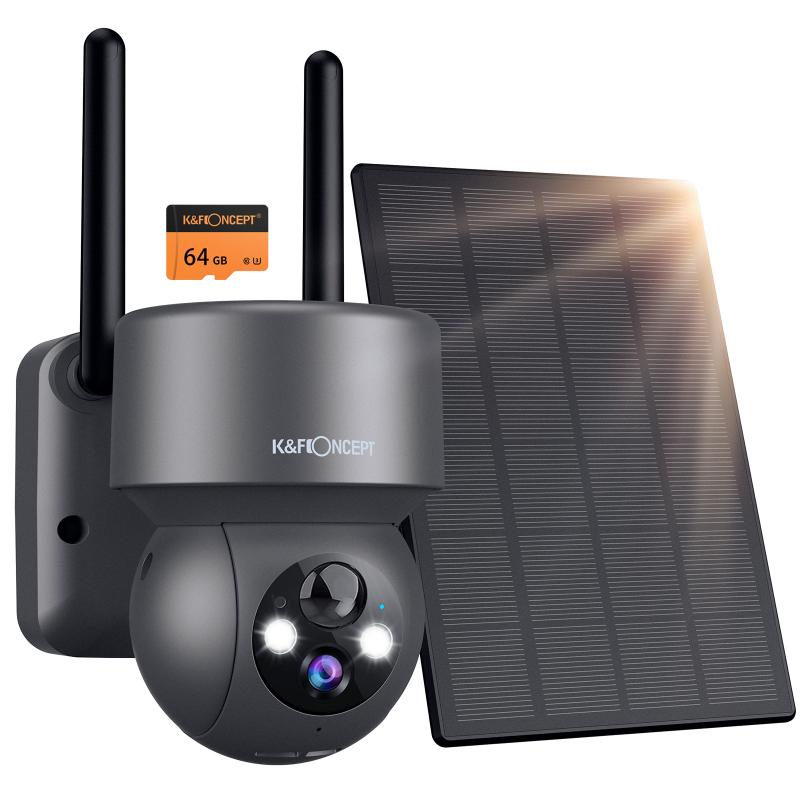
3、 Troubleshooting common issues when connecting a wireless microphone.
Wireless microphone how to connect:
Connecting a wireless microphone may seem daunting at first, but with the right steps, it can be a straightforward process. Here's a step-by-step guide on how to connect a wireless microphone:
1. Check the microphone and receiver: Ensure that both the microphone and receiver are powered on and have fresh batteries. It's crucial to have a fully charged microphone to avoid any connectivity issues.
2. Set the frequency: Most wireless microphones operate on specific frequencies. Consult the user manual to determine the appropriate frequency for your microphone and set it accordingly on both the microphone and receiver.
3. Pair the microphone and receiver: Some wireless microphones require pairing before they can establish a connection. Follow the instructions provided by the manufacturer to pair the microphone and receiver successfully.
4. Connect the receiver to the sound system: Use an appropriate audio cable to connect the receiver to the sound system. Depending on the receiver's output options, you may need an XLR, 1/4-inch, or RCA cable. Ensure that the cable is securely connected to both the receiver and the sound system.
5. Test the connection: Once everything is connected, test the microphone by speaking or singing into it. Adjust the volume levels on both the microphone and the sound system to achieve the desired sound quality.
Troubleshooting common issues when connecting a wireless microphone:
Despite following the steps mentioned above, you may encounter some common issues when connecting a wireless microphone. Here are a few troubleshooting tips to help you resolve these problems:
1. Interference: Wireless microphones can be susceptible to interference from other electronic devices or nearby wireless networks. Try changing the frequency or moving away from potential sources of interference to improve the connection.
2. Range limitations: Wireless microphones have a limited range, and if you move too far away from the receiver, the signal may weaken or drop altogether. Stay within the recommended range to maintain a stable connection.
3. Battery issues: If the microphone is not turning on or experiencing intermittent connectivity, check the batteries. Replace them if necessary, ensuring they are properly inserted.
4. Signal dropouts: If you experience sudden signal dropouts or intermittent audio, it could be due to low battery power or a weak signal. Replace the batteries or adjust the microphone's position to improve signal strength.
5. Audio distortion: If the audio sounds distorted or unclear, check the microphone's proximity to the sound source. Adjust the microphone's position or gain settings to achieve optimal sound quality.
Remember, each wireless microphone system may have specific instructions and troubleshooting steps, so always refer to the user manual provided by the manufacturer for accurate guidance.

4、 Best practices for optimizing wireless microphone connectivity and performance.
Best practices for optimizing wireless microphone connectivity and performance have evolved over the years with advancements in technology. Here are some key points to consider when connecting a wireless microphone:
1. Frequency coordination: Before setting up your wireless microphone system, it is crucial to perform frequency coordination. This involves scanning the available frequencies in your location and selecting the cleanest ones to avoid interference from other devices. With the increasing use of wireless devices, it is important to regularly update your frequency coordination to avoid conflicts.
2. Antenna placement: Proper antenna placement is essential for maximizing wireless microphone performance. Ideally, antennas should be positioned vertically and away from any obstructions or metal objects that can cause signal degradation. It is recommended to use high-quality antennas and consider using diversity receivers that have multiple antennas for improved signal reception.
3. Interference avoidance: Wireless microphones can be susceptible to interference from other wireless devices, such as Wi-Fi routers or mobile phones. To minimize interference, it is advisable to keep a safe distance from these devices and avoid operating in crowded frequency bands. Additionally, using digital wireless systems can provide better resistance to interference compared to analog systems.
4. Battery management: Always use fresh batteries or fully charged rechargeable batteries to ensure consistent performance. Regularly check and replace batteries to avoid unexpected dropouts during performances or events.
5. Regular maintenance: Wireless microphone systems require regular maintenance to ensure optimal performance. This includes cleaning the microphone capsules, checking and replacing cables, and updating firmware or software as necessary.
6. Stay informed: Keep up with the latest developments in wireless microphone technology and regulations. Stay informed about changes in frequency allocations and any new guidelines or best practices recommended by industry professionals.
By following these best practices, you can optimize the connectivity and performance of your wireless microphone system, ensuring clear and reliable audio transmission.
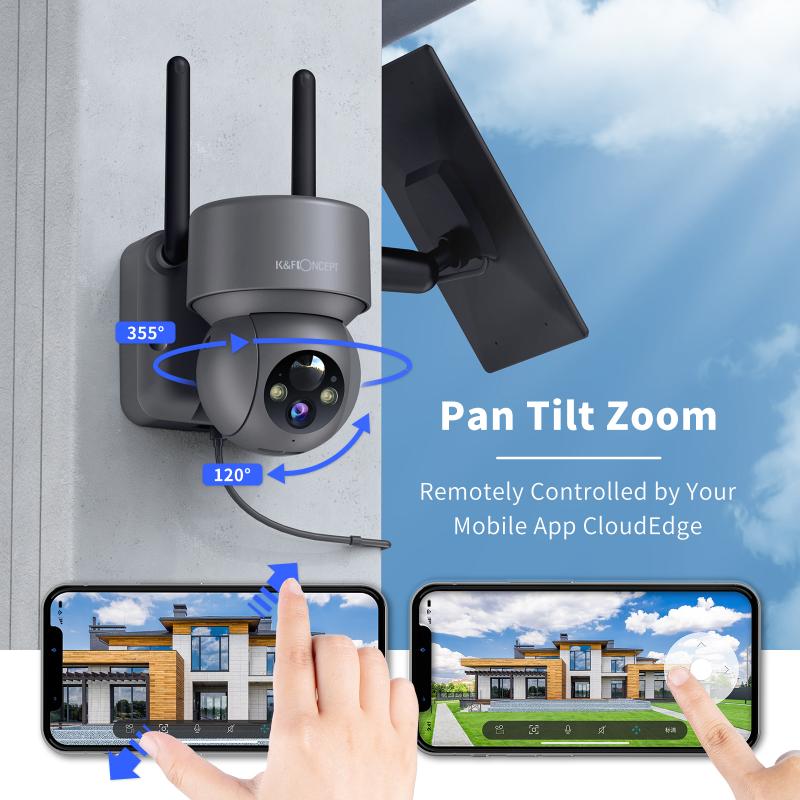


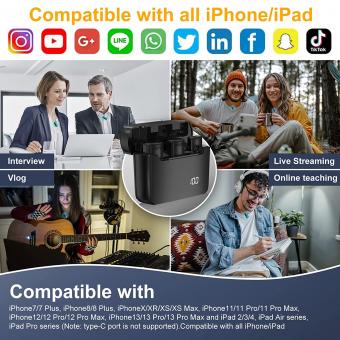
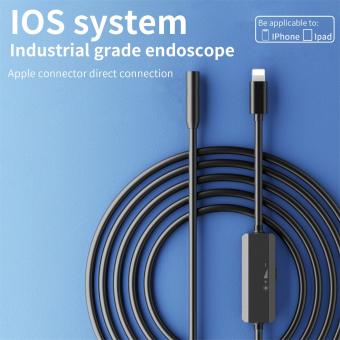


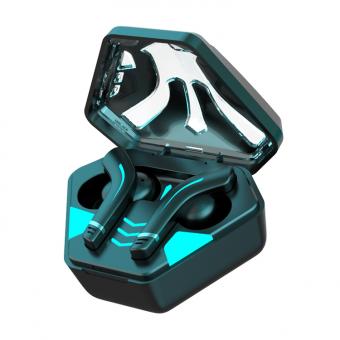
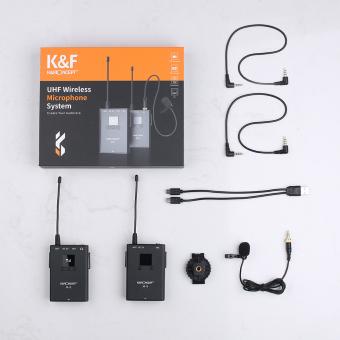
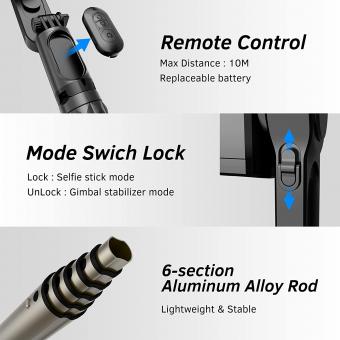


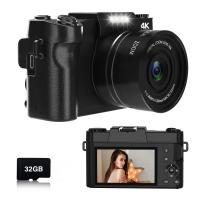
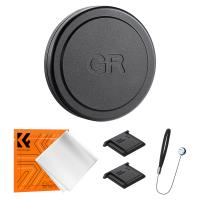
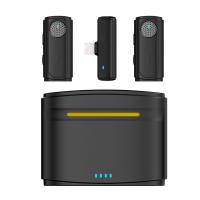
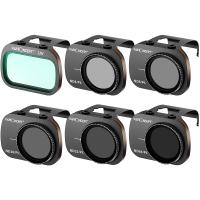

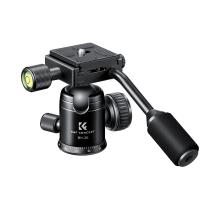

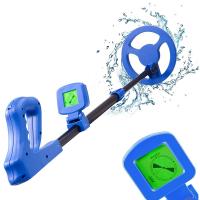
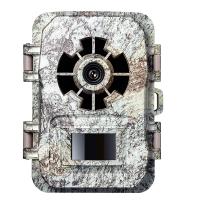
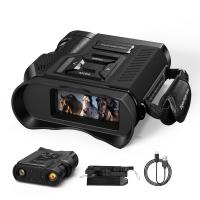
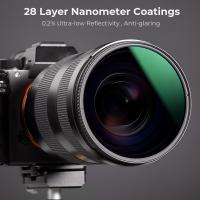
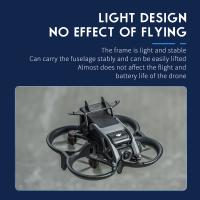


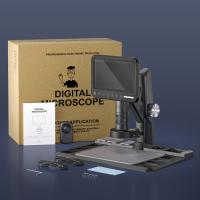
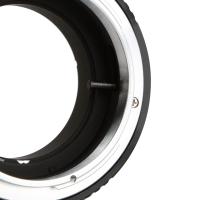

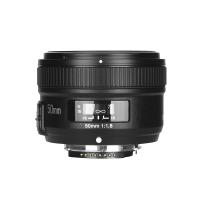

There are no comments for this blog.